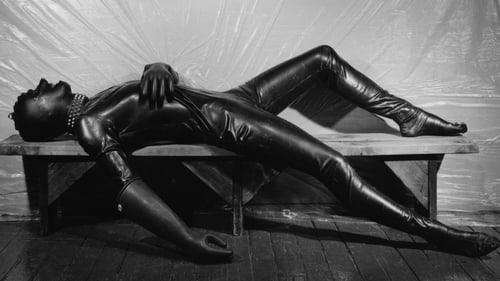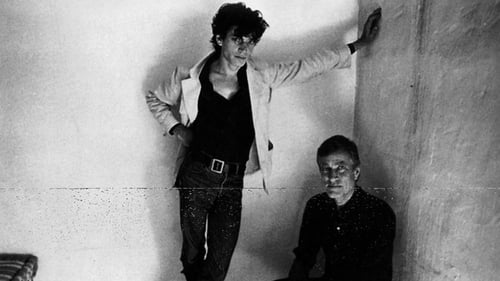Robert Mapplethorpe
출생 : 1946-11-04, Queens, New York, USA
사망 : 1989-03-09
약력
Robert Michael Mapplethorpe was an American photographer, best known for his black-and-white photographs. His work featured an array of subjects, including celebrity portraits, male and female nudes, self-portraits, and still-life images.




